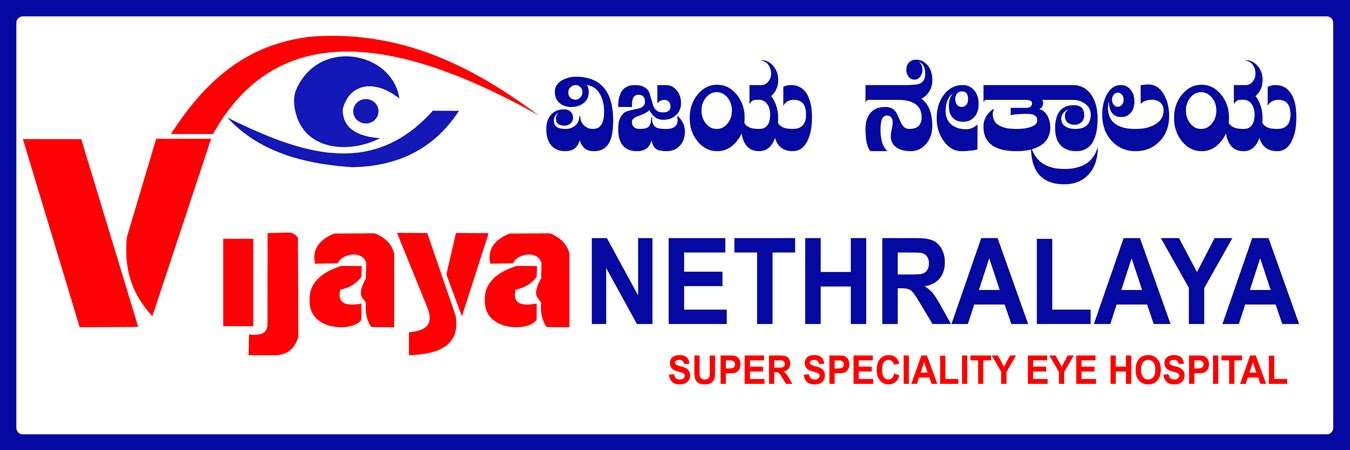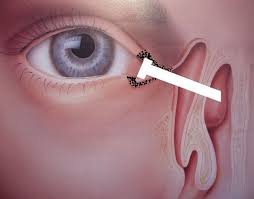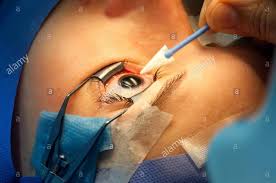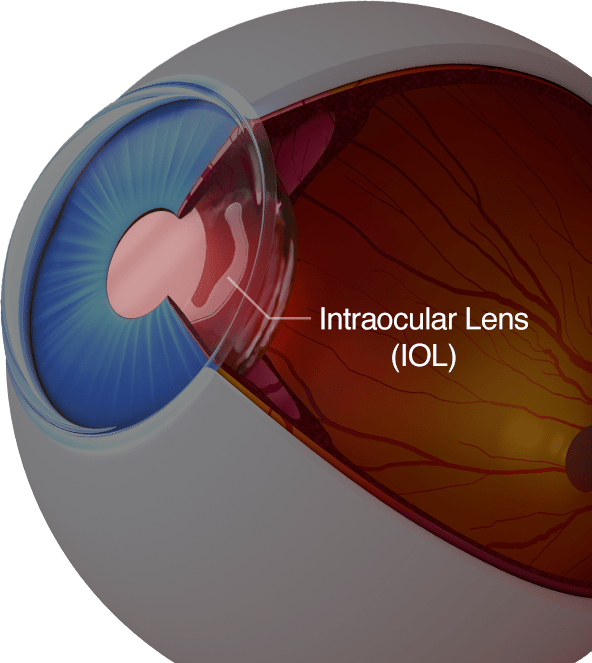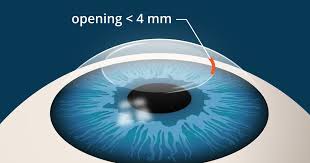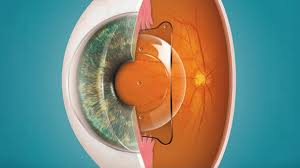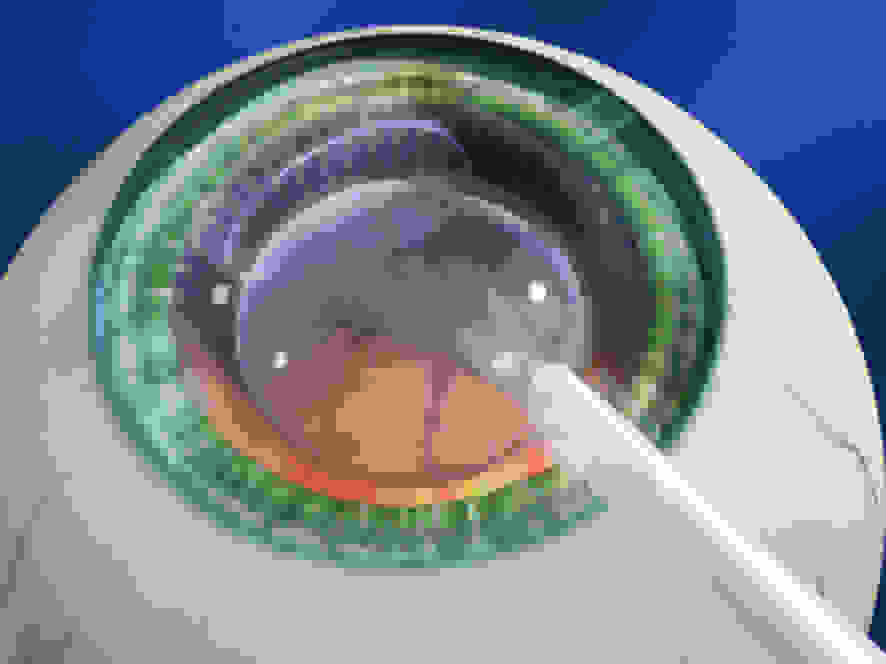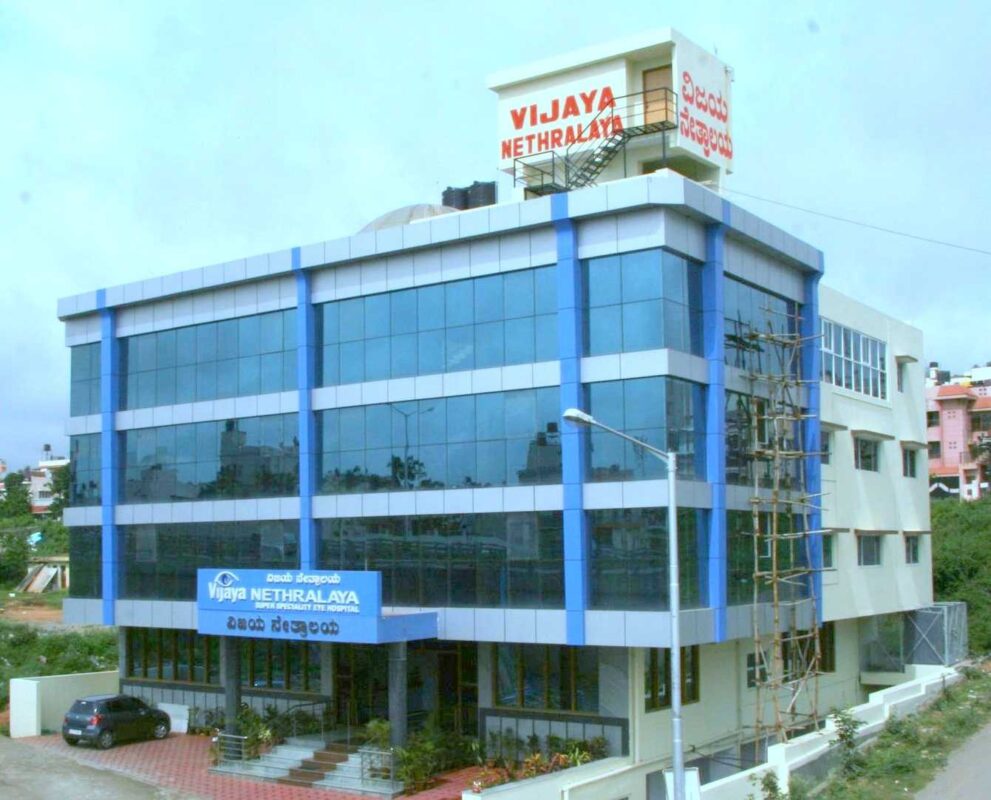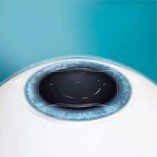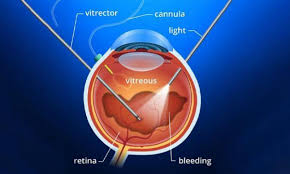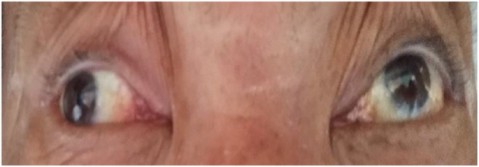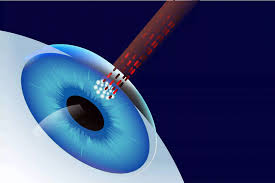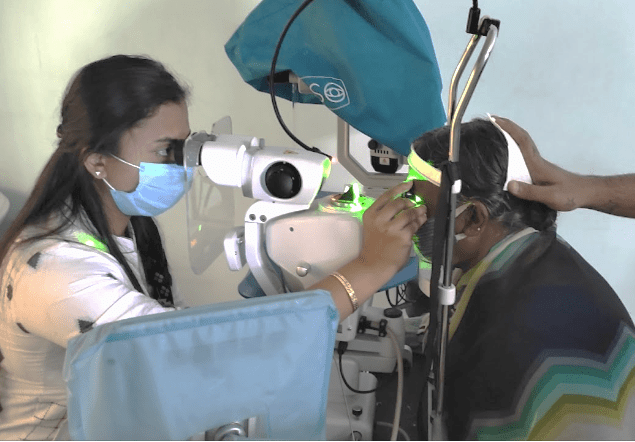Dacryocystectomy is a surgical intervention performed to remove the lacrimal sac, which is a small pouch located in the inner corner of the eye. This sac collects tears produced by the lacrimal gland and drains them through the nasolacrimal duct into the nose. When this duct becomes blocked, it can lead to tearing, discharge, and sometimes infection.

Dacryocystectomy Procedure:
During a dacryocystectomy, the surgeon makes an incision near the inner corner of the eye to access the lacrimal sac. The surgeon carefully dissects and removes the sac. Depending on the individual case, the surgeon may also perform additional procedures to improve tear drainage, such as creating a new tear duct opening or inserting a stent to keep the duct open.
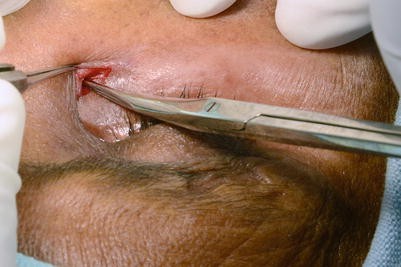
Dacryocystectomy Recovery:
After the procedure, patients can expect some discomfort, swelling, and bruising around the surgical site. Pain medications and cold compresses can help alleviate these symptoms. It’s essential to follow the surgeon’s post-operative instructions, which may include keeping the area clean, using prescribed eye drops or ointments, and attending follow-up appointments.
Patients can typically resume normal activities within a few days to a week after dacryocystectomy, but they should avoid strenuous activities and heavy lifting for several weeks to allow for proper healing.Complete recovery may take several weeks to months, during which time the patient should continue to monitor for any signs of infection or complications.
Potential Complications:
While dacryocystectomy is generally safe, like any surgical procedure, it carries some risks. Potential complications include infection, bleeding, scarring, and damage to surrounding structures such as the eye or nasal cavity. It’s essential to discuss these risks with your surgeon and follow their recommendations for minimizing them.
Author Details:
Dr. Sushruth Appajigowda holds a prominent position as a Cornea, Cataract, Glaucoma, and LASIK Surgeon in Bangalore. He serves as the chief Cataract and Refractive surgeon at Vijaya Nethralaya Eye Hospital, Nagarbhavi Bangalore. Renowned as one of the finest LASIK surgeons nationwide, he brings with him over 12+ years of experience across multiple LASIK platforms, including ZEISS, ALCON, SCHWIND, AMO, and Bausch and Lomb. Having successfully conducted over 5000 LASIK procedures, Dr. Sushruth holds the title of a Certified Refractive Surgeon and a Fellow of the All India Collegium Of Ophthalmology. Furthermore, he stands as a distinguished speaker at various National and International Forums, using his expertise to guide you in selecting the most suitable procedure based on your health requirements.
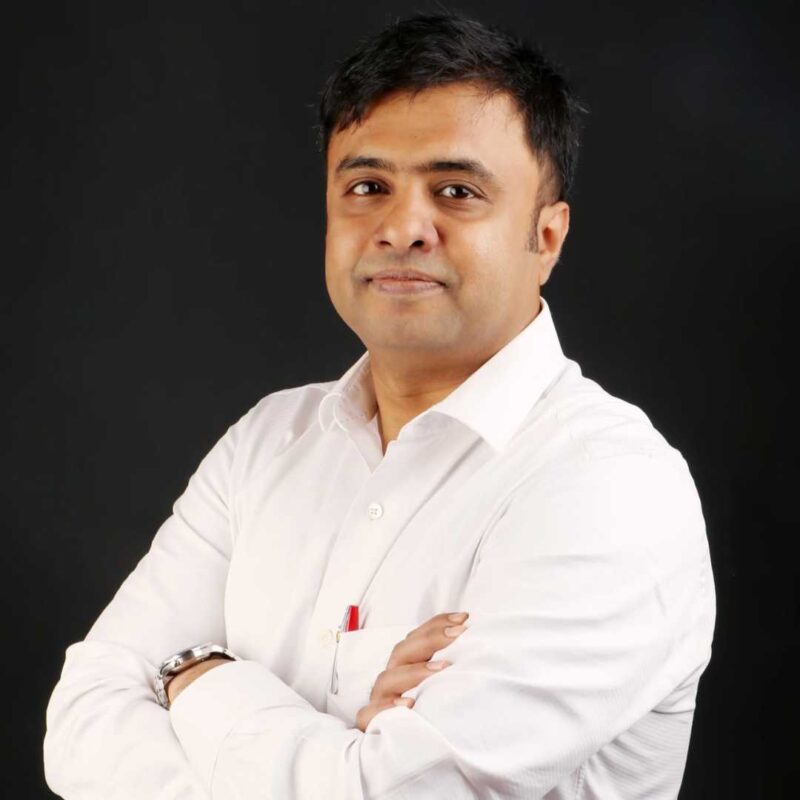
Lhttp://vijayanethralaya.com/link-in-bio/
Conclusion:
Dacryocystectomy is a surgical procedure commonly performed to treat blocked tear ducts and alleviate associated symptoms. By understanding the procedure, recovery process, and potential complications, patients can make informed decisions and better prepare for their treatment journey. Consulting with a qualified ophthalmologist or oculoplastic surgeon is essential for personalized advice and care throughout the dacryocystectomy process.
